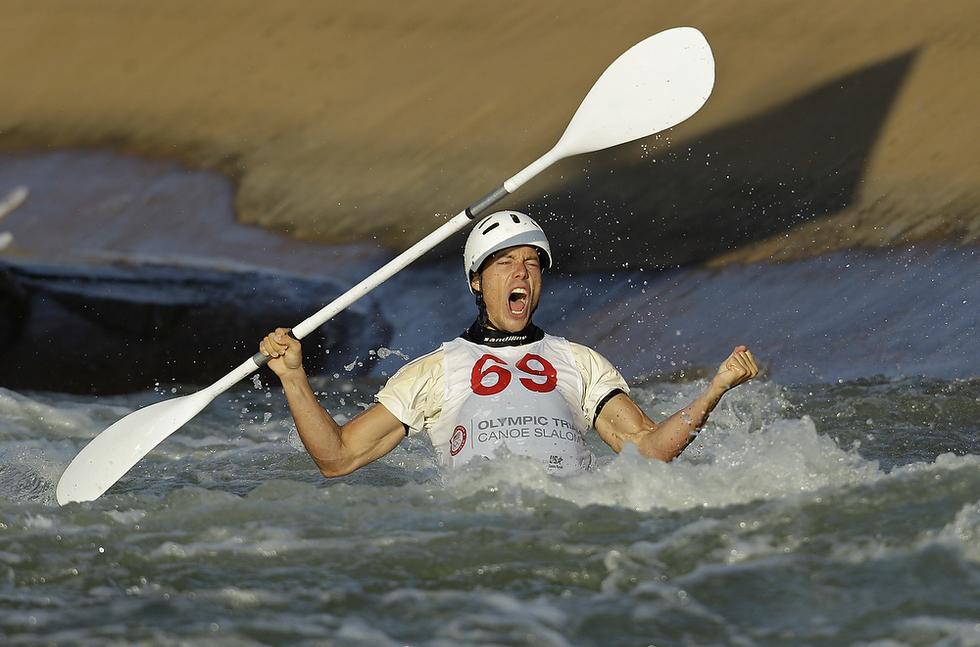
Congratulations to ISyE grad and BME doctoral candidate, James Wade, who recently finished second in the U.S. National trials for whitewater kayaking. James is now off to Cardiff, Wales to train for the final selection race for the Olympics which will be the World Cup #1. In order to qualify for the Olympics, James will need to be the first American and in the top 20 finishers. The World Cup will be held June 8-10.
In February, the Oceania Championships, an international race with a full field of athletes, including all the top in the world, was held and James finished 8th at that race, the best American.
Check out his run at the U.S. Nationals http://youtu.be/xknIU7opFJ0
He is also the second paddler in this commercial http://www.youtube.com/watch?v=LPvFagSVORk&feature=related
James was also recently awarded a 2012 National Science Foundation (NSF) Graduate Research Fellowship Program (GRFP) Fellowship which is based on outstanding abilities and accomplishments, as well as potential to contribute to strengthening the vitality of the US science and engineering enterprise.
In Canoe Slalom, athletes have to navigate their canoe or kayak through gates as they work their way through 300 meters of whitewater rapids in the fastest time possible. Hitting one of the hanging gates or missing one completely results in time penalties which are added to the paddler’s time at the end of his or her run. A 2-second penalty is given for a touched gate, and if the gate is missed completely there is a 50-second penalty. There are approximately 18-24 hanging gates for each course. The gates are color-coded to indicate which direction the paddler must pass through. Green gates are negotiated heading downstream while red gates require the paddler to reverse direction and pass through them heading upstream.
Canoe Slalom made its Olympic debut during the 1972 Olympic Games in Munich and did not reappear until the 1992 Games in Barcelona. The Olympic program includes Men’s and Women’s Single Kayak (K1M and K1W), and Men’s Single and Double Canoe (C1 and C2).
